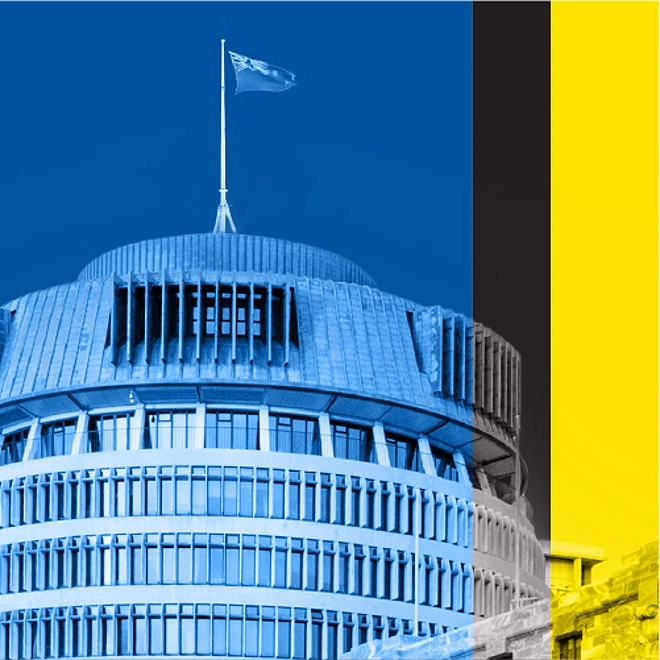Inland Revenue’s recent spotlight on the GST treatment of subdivision projects
Tax Alerts - December 2023
By Allan Bullot, Sam Hornbrook & Mirei Yahagi
In November 2023, the Inland Revenue issued a draft 20-page Questions We've Been Asked (“QWBA”), looking at the potential complexities surrounding the GST rules in subdivision projects. This statement highlights the importance of understanding when a subdivision project qualifies as a “taxable activity” for GST purposes. The concept of taxable activity is important because it impacts:
- The GST treatment of the property(ies) on acquisition;
- Whether a GST change in use might be required;
- The ability to claim (or not claim) GST on development costs; and
- The GST treatment once the project is complete and the subdivided lot(s)/property(ies) are sold.
This makes it imperative for property developers to understand the GST (and income tax) implications at the commencement of a project and/or when intentions might change.
The guidance makes it clear that the outcome very much depends on the facts of a particular situation.
Many of the examples provided in the draft QWBA are for situations that are relatively clear from a GST perspective. Unfortunately, the draft QWBA does not provide much guidance for cases that are “on the margin”. For example, a single one-off small-scale subdivision is unlikely to be a taxable activity and a large commercial subdivision of six lots is said to be almost certain to be a taxable activity. Unfortunately, there is no real guidance for what Inland Revenue considers to be the GST answer for a three-lot subdivision, etc.
The QWBA notes that if there is a change of intention during a development, the taxpayer has the onus of proving that intention changed (and when), as with other factual matters. It would be helpful for Inland Revenue to provide more guidance here, especially in the context of properties that may be tenanted on acquisition (but then subdivided at a later stage).
The QWBA confirms that even if a subdivision activity is not a taxable activity for GST purposes, the resulting sale may still be subject to income tax (for example, under the bright-line tests).
We recommend that property developers seek guidance from your usual Deloitte advisor to ensure the GST (and income tax) implications of a development are understood before a transaction goes ahead.
Understanding taxable activity in subdivision projects
A subdivision project is considered a taxable activity for GST purposes when it is conducted continuously or regularly, involving the supply of goods and services to another party in exchange for consideration. Various factors come into play when assessing the continuity or regularity of a subdivision project, including:
- The project’s scale;
- Level of development work;
- Number of lots created and sold;
- Time and effort invested;
- Financial commitment;
- Repetition; and
- Whether the subdivision aligns with an existing taxable activity.
It is important to note that the list above is not exhaustive, and all relevant factors must be evaluated collectively to determine whether an activity is carried out continuously or regularly.
The general position is that larger-scale subdivision projects involving extensive development work are far more likely to be considered a taxable activity. However, the construction and sale of a single house or residential dwelling within a subdivision project are generally insufficient to meet the criteria for continuous or regular activity. Each subdivision project must be assessed on a case-by-case basis, considering the actual circumstances, to determine its classification as a taxable activity.
It is also important to keep in mind that having the mere intention to engage in subdivision activities does not automatically qualify them as taxable activities. Intentions alone are generally inadequate, and this is something we often see clients overlook in terms of holding evidence/detailed plans etc. We can provide further advice here as it is often an area of contention.
Other factors that are typically not relevant include the commercial nature of the activity, activities undertaken before the intention to make supplies has arisen, and actions related to subdivided land not used for making supplies. The courts have clarified that commerciality is not a significant factor in determining whether an activity is continuously or regularly carried out. The focus should primarily be on whether the activity falls within the definition of a taxable activity. As a result, an activity does not need to generate profit to be considered taxable for GST purposes.
Mixed-use developments/change of use
If a developer originally intended to sell but decides to rent out residential properties (e.g. temporarily), it may lead to GST concurrent use rules and/or change in use adjustments for GST purposes. These scenarios often require careful consideration and expert advice to navigate potential GST complexities. For more details on this, please read our April 2023 Tax Alert article.
Concluding comments
While the recent draft QWBA from the Inland Revenue aims to provide clarity on GST treatment in subdivision activities, the complex nature of the rules demands thorough consideration. Therefore, businesses/sole traders/individuals subdividing land are urged to consult your Deloitte tax advisor to ensure compliance and assistance with navigating potential pitfalls in property development ventures. By understanding the complexities surrounding GST in subdivision projects, developers can make informed decisions and safeguard their projects from unforeseen tax implications.
December 2023 - Tax Alerts




